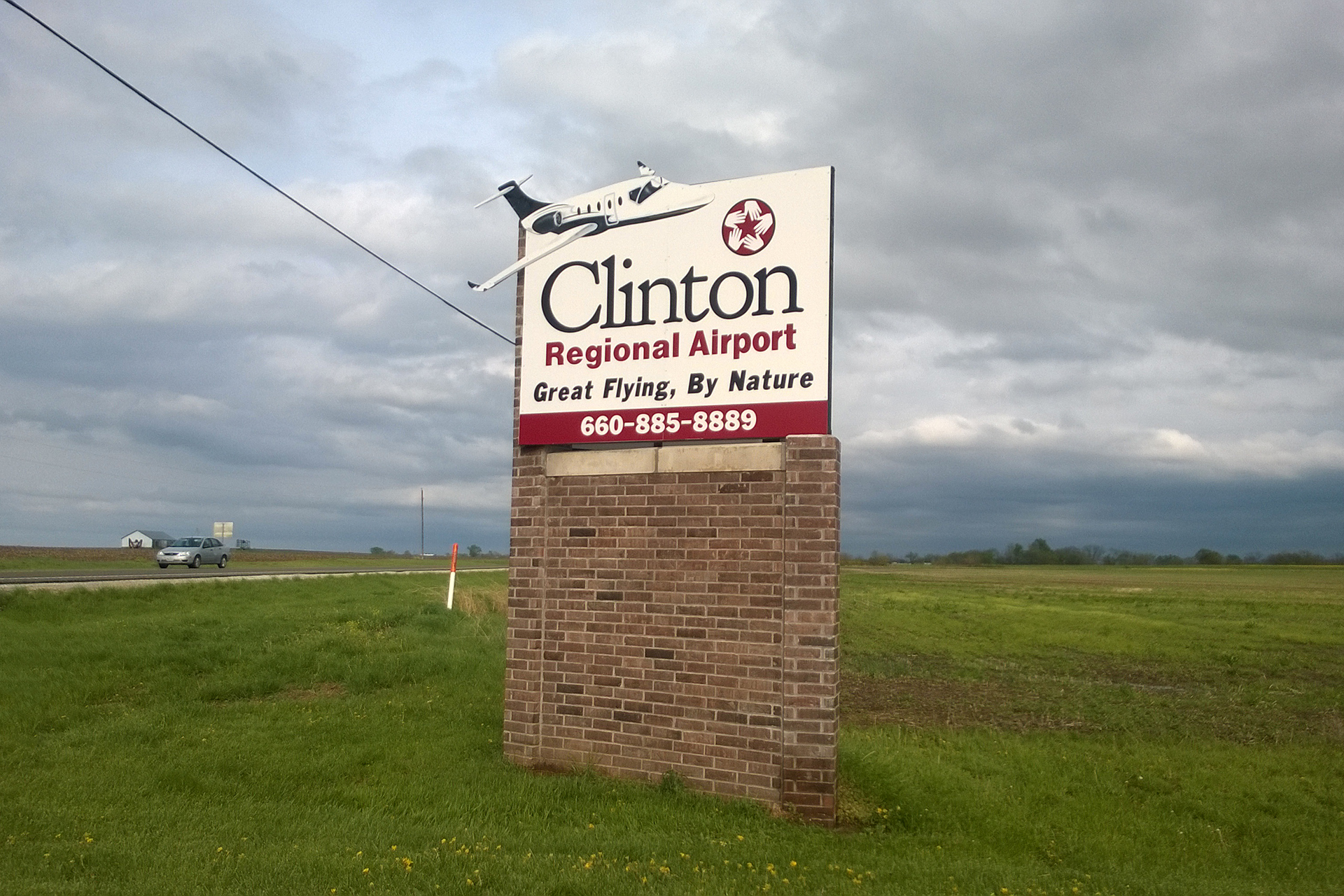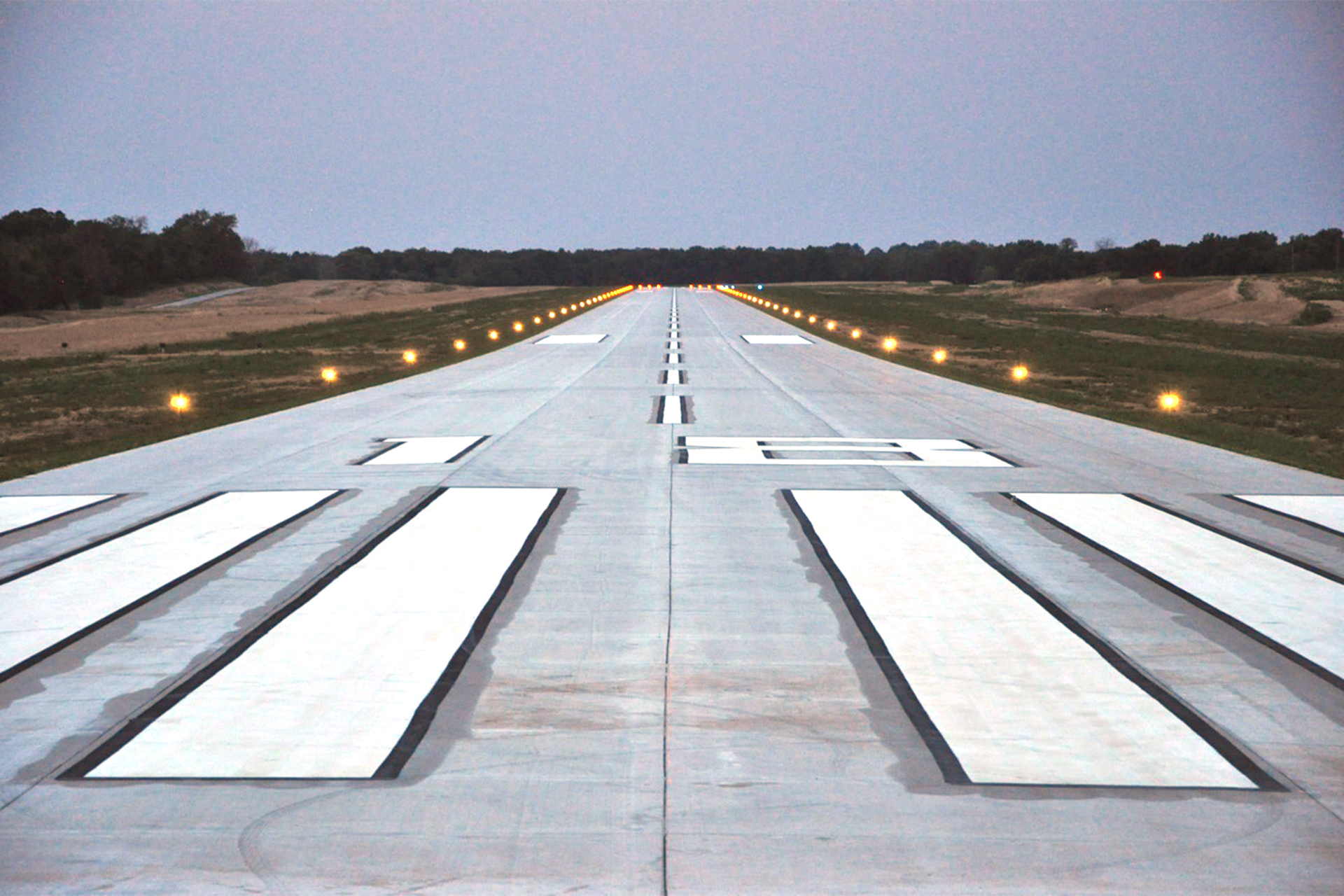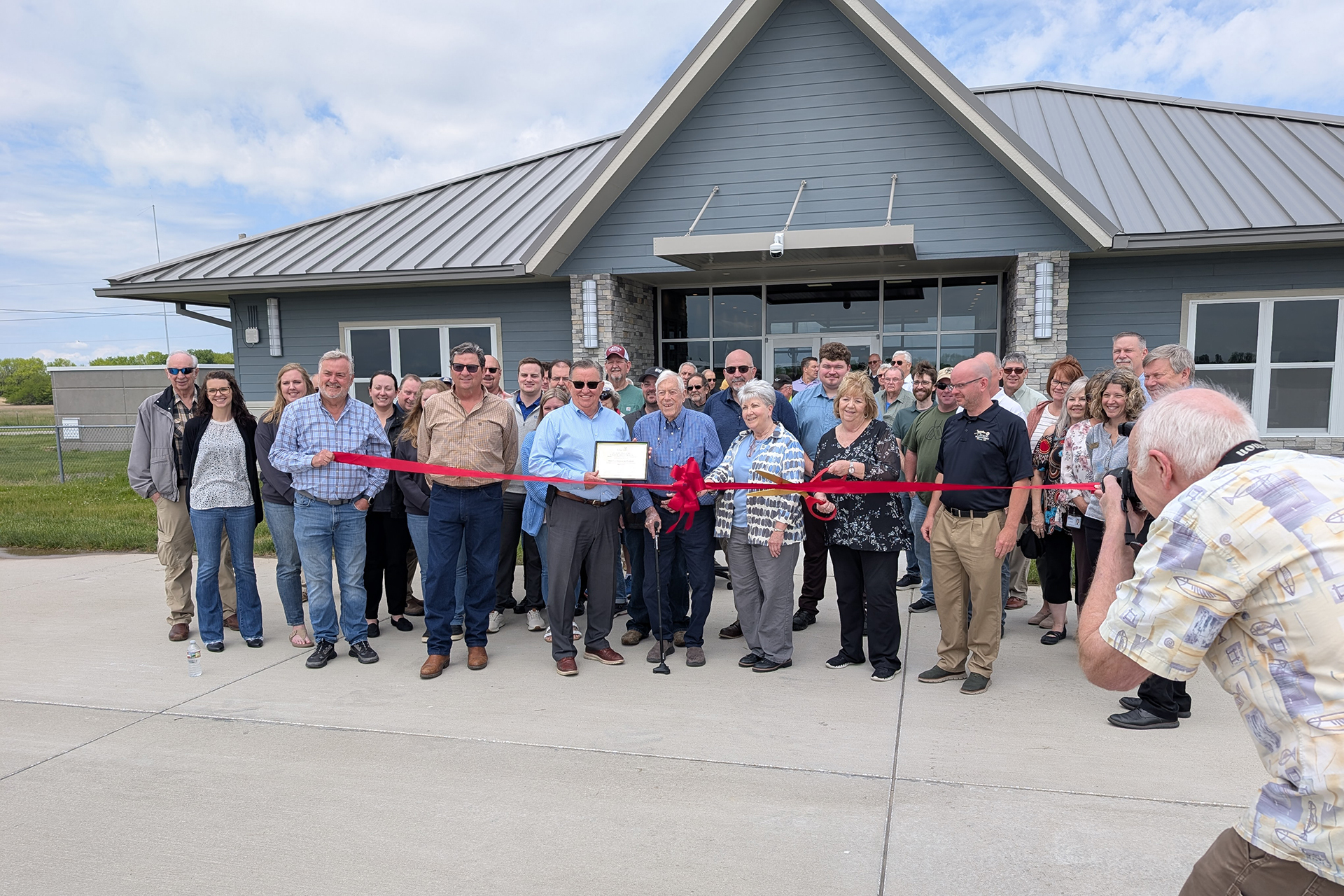From Kansas City International to Clinton Regional - serving airports is serving communities

I come from a family of pilots in Great Bend, Kansas, a small town with a general aviation (GA) airport. Which means I learned two aviation truths early on: 1) GA airports are valuable, providing a number of economic benefits to local economies, and 2) that as valuable as those GA airports are, there will be people who minimize or misunderstand their importance to communities.
Not long ago, deep in a new terminal project for Clinton Regional Airport, a GA airport in Clinton, Missouri, I remembered those truths - mainly the first one - and wanted to share what a pleasure it was to be a part of delivering the new terminal and why Clinton and Great Bend and every other town with a GA airport has good reasons to support that airport.
Over the course of my career, I’ve helped deliver generational projects, like the one million square foot terminal that replaced three original, 1972 terminals at Kansas City International airport, the largest single infrastructure project in Kansas City history. Garver provided the airside civil design services for that terminal, completing designs in less than half the time expected, and taking an innovative approach to the pavement design that resulted in more than $10M in cost savings.
I’m very proud of that work. I’m equally proud of the work we do at GA airports and specifically this recent terminal project at Clinton Regional, where Garver has been the engineer of record since 2012. Because whether we’re delivering design solutions for a major carrier or a small GA, we’re providing the communities around those airports with a vital resource that makes a positive difference in people’s daily lives.

Small airports deliver big returns
One of Missouri’s 98 publicly owned, public use GA airports, Clinton Regional was officially dedicated in 1967. Over the years, it evolved from a grass strip next to the highway to two runways, the newly constructed Runway 18/36, which is 5,000 feet long and can support corporate jets, and Runway 4/22, which is a crosswind runway 4,001 feet long.
Classified as a regional business airport in the 2019 Missouri State Airport System Plan Update, Clinton Regional is much, much more than a playground for aviation enthusiasts. The airport provides access for business aircraft, including small jets and multi-engine general aviation aircraft. It acts as a base for Missouri National Guard units to run military exercises. It’s used by the Missouri Department of Conservation for search and rescue operations. It supports agricultural business, providing fuel to crop dusters. It is a resource in emergency situations, including medical transports, forest firefighting, and more. Aerial photographers make use of it, as do pilots-in-training and pilots headed to other destinations, who need to refuel.
Just how much economic impact is there from all of those services? According to the 2012 Missouri Statewide Airports Economic Impact Study, Clinton Regional’s total output is nearly $2M annually. That output has no doubt increased over the last 15 years.

The most important part of any project is meeting the needs of the client
How well did we meet the needs of the client? That’s what I remember and think back on. Not how big the project was, but how well our team delivered it, how what we delivered makes positive change, helps our clients succeed.
The original terminal at Clinton Regional, built in the late 1980’s, was small, just a conference room, really, connected to the hangars. Getting to it meant crossing active taxiways as there was no designated parking. The original terminal was undersized with poor energy efficiency, and the septic system was antiquated.
The design schedule for the new terminal was accelerated; a general expectation for completion on a terminal project of this size would be six to eight months, but we accomplished completion in three months.
We collaborated with MoDOT and the project architect to make adjustments to the layout of the terminal so that as much of it as possible would be eligible for Airport Improvement Program (AIP) funding. Ultimately, we were able to limit the City of Clinton’s out of pocket cost for ineligible square footage to just $36,000, and we helped to secure the $1.7M dollars of funding that the City received from the Bipartisan Infrastructure Law Airport Terminal Program, saving the community a significant sum.
Because of the accelerated timeline, we anticipated that we’d see more change orders during construction; however, upon completion, only two change orders had been issued for a total of less than $2,500. We had successfully balanced schedule needs and overcome project challenges, like the clay hardpan discovered beneath the project site that changed the type of septic system required and caused issues with subgrade preparation, with smart solutions.
Overall, we provided a long list of services: project administration, surveying, drainage analysis, design, site development, bidding phase and construction services (which include everything from construction administration to project closeout). It was deeply satisfying to see the results of our work and to see the local news coverage of the ribbon cutting for the new terminal, which highlighted its benefits and - most importantly - the value of Clinton Regional Airport to the City of Clinton and surrounding communities.
The size of the project doesn’t determine our level of effort or service
With any job, it’s important to stay focused on the big picture, what really matters. As a civil engineer and Aviation Team Leader, a focus on the opportunities and benefits both GA and commercial airports provide is always in view. That’s true for the entire Garver Aviation Team. Our appreciation for these airports and their value drive our service and our approach.









Share this article